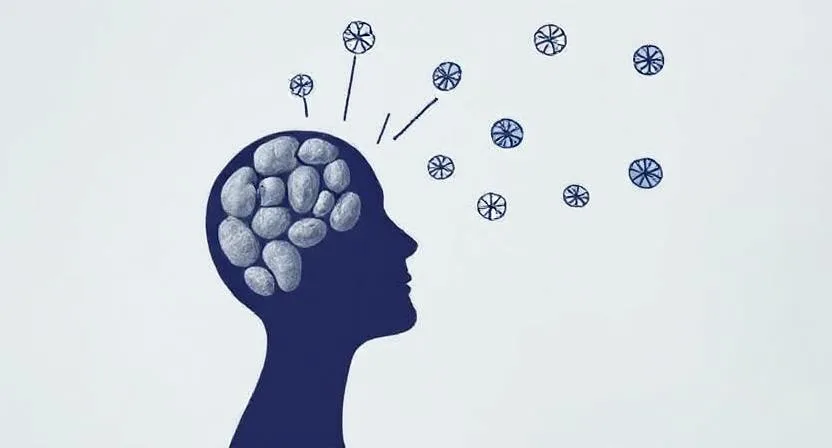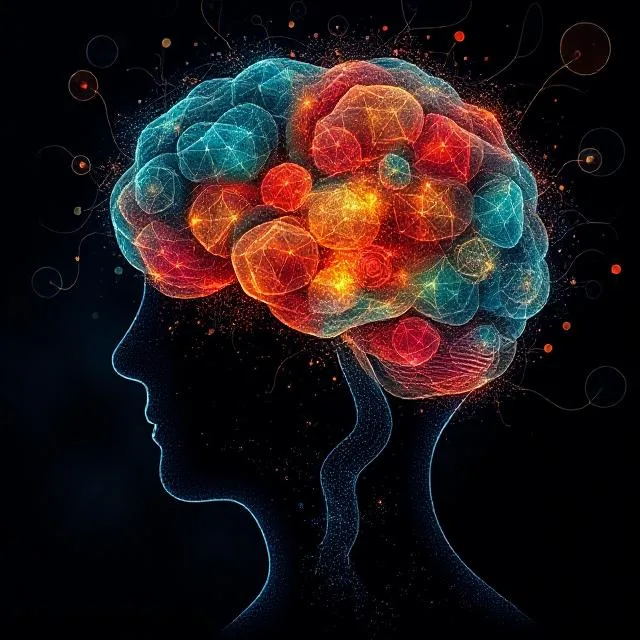Introduction: The Intersection of Culture and Emotional Regulation
In today’s interconnected world, emotional regulation our ability to manage and respond to emotional experiences is crucial to mental health and well-being. What many people don’t realize, however, is that how we regulate our emotions is profoundly influenced by the cultural contexts in which we live. Cultural practices shape not only how we perceive emotions but also how we express, control, and interpret them. In this article, we will explore how cultural norms, family dynamics, language, and even gender roles impact emotional regulation across different cultures, providing a deeper understanding of this complex and essential human process.
What is Emotional Regulation? A Global Perspective
Emotional regulation refers to the ability to monitor, control, and adjust our emotional responses to different situations. It involves skills like managing stress, handling frustration, and even coping with joy. At its core, emotional regulation is vital for maintaining mental health, fostering social relationships, and functioning well in society.
The way emotional regulation is practiced varies widely across cultures. For instance, in some cultures, emotional restraint is valued, while others encourage emotional expression. Understanding these cultural nuances is essential, as it shapes not only individual coping mechanisms but also how people interact within their societies.
How Cultural Norms Shape Emotional Expression
Cultures around the world have distinct views on how emotions should be expressed. Collectivist cultures common in countries like Japan, China, and many parts of Africa and Latin America often emphasize emotional restraint and the importance of social harmony. Here, expressing strong emotions like anger or sadness might be seen as a disruption to group cohesion.
On the other hand, individualist cultures like those in the United States or Western Europe often encourage personal emotional expression, where individuals are more likely to openly express their feelings, particularly in private settings. The cultural context can affect everything from how people handle conflict to how they grieve, demonstrating the deep connection between cultural practices and emotional regulation.
The Role of Family and Community in Emotional Regulation
In many cultures, family dynamics play a key role in emotional regulation. In collectivist societies, family and community are central to managing emotions. Rituals, traditions, and communal support systems provide a framework for individuals to express and regulate their feelings. For example, in Latin American cultures, the concept of familismo emphasizes close family bonds and emotional support, offering a network that helps individuals process emotions in a supportive environment.
Rituals like family dinners, religious ceremonies, or communal celebrations serve as outlets for emotional expression and regulation, creating a sense of belonging and shared emotional experiences. The community’s collective emotional experience often guides the individual in how to regulate their own emotions within the cultural norms.
Cultural Practices and Coping Mechanisms
Cultural practices, such as meditation, prayer, and communal festivals, provide effective coping mechanisms for managing stress and emotions. In Eastern cultures, mindfulness and meditation practices such as those found in Buddhism and Hinduism have been used for centuries to promote emotional regulation. These practices emphasize self-awareness and the acceptance of emotions without judgment, allowing individuals to cope with emotional distress more effectively.
In contrast, Western cultures often rely more heavily on therapy and psychological interventions to manage emotions. The cognitive-behavioral approaches popular in the U.S. focus on identifying and changing negative thought patterns that influence emotional responses.
Language and Emotional Regulation: How Words Shape Feelings
Language is a powerful tool in emotional regulation. The way emotions are articulated in different languages can affect how individuals experience and manage them. For example, the Japanese concept of “honne” (true feelings) and “tatemae” (public facade) reflects the cultural emphasis on emotional restraint and the separation of private and public emotional expression.

Some languages even have untranslatable words that describe emotions or states of being unique to that culture, further illustrating how language shapes emotional experience. The lack of a direct translation for concepts like “schadenfreude” (pleasure derived from others’ misfortune) in English highlights how emotional experiences can be nuanced and influenced by cultural context.
Gender Roles and Emotional Regulation Across Cultures
Cultural expectations about gender roles significantly impact how emotions are expressed and regulated. In many cultures, traditional masculinity norms encourage men to suppress emotions like sadness, fear, or vulnerability, while women are often expected to express these emotions more freely. In countries such as Japan and many Middle Eastern cultures, this gender-based emotional regulation is even more pronounced.
The idea that men should be stoic and unemotional is widespread in Western and Eastern cultures alike. This impacts how men cope with stress and emotional challenges, often leading to unhealthy emotional suppression. On the flip side, women in many cultures may face the opposite pressure, where emotional expression is expected but can be stigmatized if perceived as too excessive.
The Impact of Globalization on Emotional Regulation
As globalization connects people across cultural boundaries, emotional regulation practices are being shared, adapted, and sometimes even clashed. Western mental health practices, such as therapy and medication, have become more accepted in non-Western countries, sometimes blending with or replacing traditional cultural coping mechanisms.
However, this global exchange can also create tension. For example, in Japan, where mindfulness and meditation have long been part of the culture, the introduction of Western therapy models may conflict with traditional ways of managing emotions. Understanding and respecting these differences is crucial in fostering a global understanding of emotional well-being.
Case Studies: Emotional Regulation in Different Cultures
Japan’s Honne and Tatemae: In Japan, the distinction between honne (one’s true feelings) and tatemae (the public facade) shows how emotions are regulated by cultural norms. Japanese society values harmony and social conformity, leading individuals to suppress or hide their true emotions in public to maintain group cohesion.
Latin America’s Familismo: In many Latin American cultures, familismo emphasizes family-centered emotional support. The communal approach to emotional regulation, with close-knit family systems offering emotional support, helps individuals manage emotions within the safety of their family structure.
Challenges and Misunderstandings in Cross-Cultural Emotional Regulation
Misunderstandings often arise when cultures with differing emotional regulation practices interact. For example, a person from a collectivist culture might view an individual from an individualist culture as emotionally reckless or selfish for openly expressing their feelings, while the latter might view the former as emotionally distant or unauthentic.
In multicultural environments, particularly in workplaces, these differences can lead to communication breakdowns and conflicts if emotional regulation practices are not acknowledged or respected.
How to Respect and Adapt to Cultural Differences in Emotional Regulation
To navigate cultural differences in emotional regulation, it’s important to approach interactions with cultural humility. Here are a few tips:
- Be open to learning: Understand that emotional expression and regulation differ across cultures.
- Avoid judgment: Instead of labeling another culture’s emotional norms as “right” or “wrong,” appreciate the value they bring to individual well-being.
- Practice active listening: Show empathy and respect for different emotional expressions and coping mechanisms.
- Be adaptable: In cross-cultural settings, try to adapt your emotional responses to respect the norms of others while also remaining authentic.
Conclusion: Embracing Cultural Diversity in Emotional Well-Being
As we’ve seen, emotional regulation is deeply influenced by cultural practices. From language to family dynamics, the cultural lens through which emotions are viewed significantly shapes how individuals manage their feelings. In a globalized world, understanding and respecting these cultural differences in emotional regulation is essential for fostering empathy, communication, and mental well-being across cultural divides.
FAQs About Cultural Practices and Emotional Regulation
How do cultural practices influence mental health?
Cultural practices shape how individuals manage emotions, cope with stress, and maintain relationships, all of which directly affect mental health.
Can emotional regulation techniques be universally applied?
While some emotional regulation techniques, like mindfulness, are universally applicable, cultural contexts often determine which techniques are most effective.
What are some examples of cultural practices that promote emotional well-being?
Examples include meditation in Eastern cultures, familial support systems in Latin America, and therapy in Western cultures.

